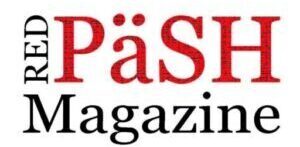Tina’s Tidbits by Tina White
As an accountant, I’ve seen all sorts of systems for managing financial records. While most of you probably aren’t keeping receipts in shoe boxes, you may be using methods for tracking your finances that are less than efficient.
Keeping good financial records can seem overwhelming – as a business owner, you have other things you’d rather be doing instead of shuffling paper, organizing files and entering data into a spreadsheet.
Not to worry – here are a few ideas that will help you get organized without pulling out your hair:
If you prefer paper copies, you can save them in the filing system of your choosing. Here are a few options to consider:
By vendor and client: Create a separate folder for each vendor and client.
By month: Create a folder for each month and store all of the records for the month in the folder including vendor and client records.
By year: Create two file folders – One titled 2015 Expenses (Bills or Vendor Invoices) and the other titled 2015 Income (or Receipts).
What about the dreaded credit card receipts that vary in size? Ziploc bags. Yes, you read that right…Ziploc bags. After you reconcile the receipts to the statement, throw the statement and receipts into a Ziploc bag. Write the credit card name, month and year on the Ziploc bag.
If you want to go paperless, you can use one of the filing structures listed above but you’ll create folders on your computer. With the increase of scanning apps for your phone and tablet, you don’t even have to invest in a bulky desk scanner for this purpose!
Bottom line
Don’t stress out about your records. A system can be customized to your business. The IRS states on their website “you may choose any recordkeeping system suited to your business that clearly shows your income and expenses.” See…there’s nothing to be scared of.



